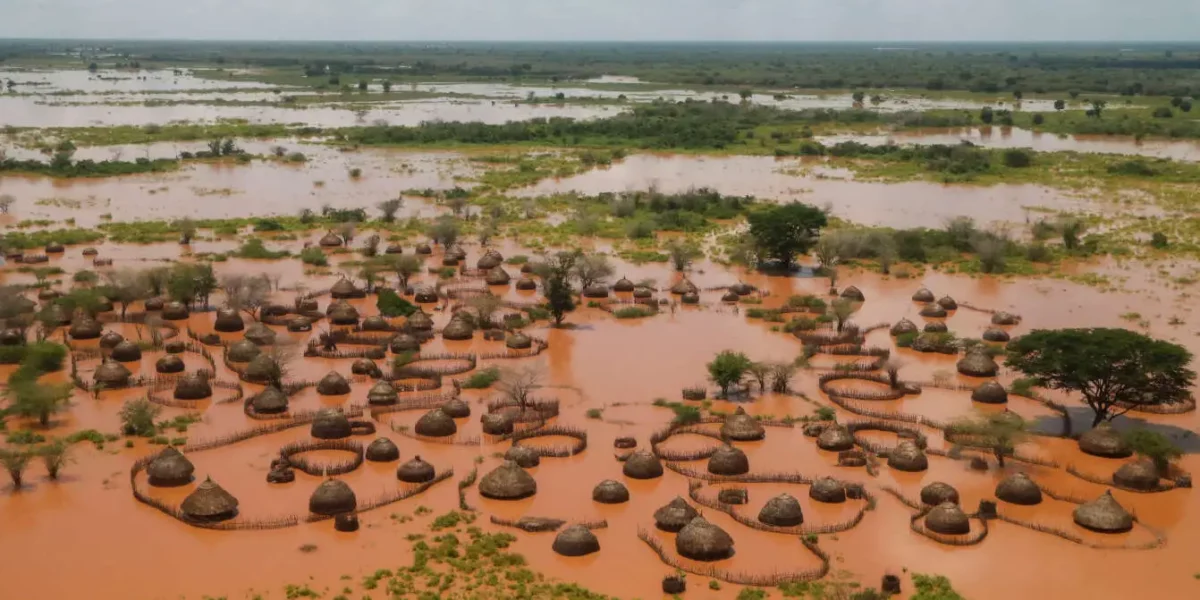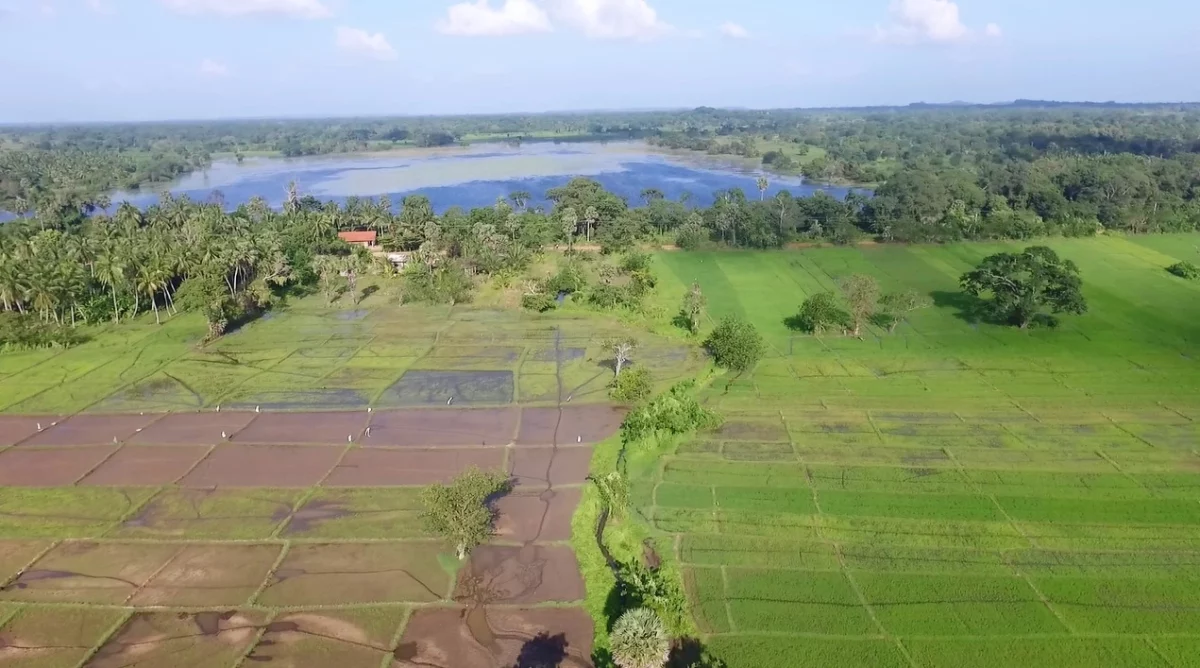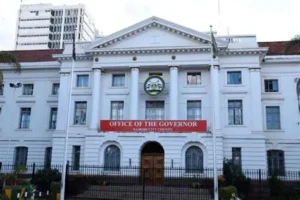As the world grapples with the adverse effects of climate change, the global south has borne the worst of the brand that can be addressed by the embrace of technology like cascade tank systems.
Erratic torrential rainfalls, flash floods, and extreme drought have been witnessed in the past decade, disrupting food supply and rebounding the occasioned famine. Consequently, experts and civil groups have spearheaded the revolutionization of food production through innovation and implementation of sustainable technology in agriculture and general production.
According to The Sustainable Development Goals Report of 2020, 2 billion or 25.9% of the global population experienced moderate or severe food insecurity in 2019. This is an increase of 22.4% in comparison with 2014. Almost 690 million people were undernourished in 2019, up by nearly 60 million from 2014.
This decade has not been any better, record temperatures and drought have been recorded, not to mention human-engineered famine caused by wars and mass displacement of people.
The realization of sustainable food systems has never been more agent as the world hangs precariously at the edge of severe hunger and famine, unpredictable weather patterns, and a skewed financial system.
With a majority of the population living below the poverty line Cascade systems might be the solution for tropical Africa. An ancient Sri Lankan irrigation infrastructure, a cascade system is a network of small tanks draining to large reservoirs that store rainwater and surface runoff for later use.
Designated as a globally important agricultural heritage system by the United Nations Food and Agriculture Organization in 2017, the system is largely applicable in semi-arid areas experiencing erratic rainfall patterns, minimal groundwater storage capacity, high evaporation, and low precipitation.
In the past year, Kenya’s Mandera, Isiolo, and Garissa Counties have been hit with acute famine as a result of drought and floods due to heavy rainfall where more than 10,000 households were displaced in 2023. Disaster mitigation needs to become the national and regional governments’ priority.
Band-Aids and poor implementation of policies, which are not to mitigate but rather deal with the resulting consequences have proven futile and draining of financial resources.
However, Cascade tank systems are fairly cheap to construct as they mainly rely on the topography of the land and not modern technology which would require more financial resources. The project is suitable for undulating topography which is appropriate for pond or reservoir construction. Additionally, underlying rocks are a characteristic of the topography to reduce permeability.
The aforementioned counties in Kenya for instance, would be suitable for the project due to the adverse weather conditions with the inter-annual average rainfall of more than 2000mm in potential regions and favourable topography, the quarries taken into account during the project networking and construction.

Sustainable food systems have proven to be a necessity in the world today. However, inadequate funds and in most instances poor technology in the regions most affected by climate change has exposed and left them vulnerable to adversities.
Adoption of cheap and efficient means of production is long overdue to fast-track mitigation and response. Cascade tank systems, a technology spanning hundreds of years, might just be a solution to the never-ending cycle.
















